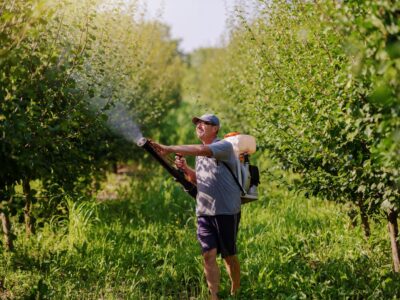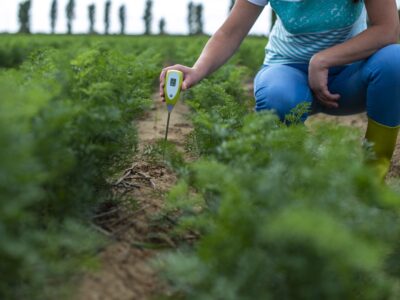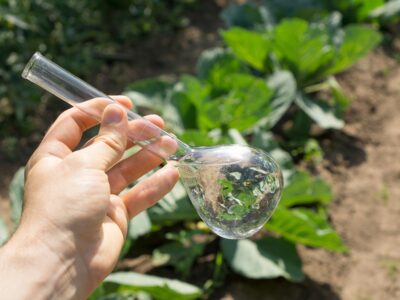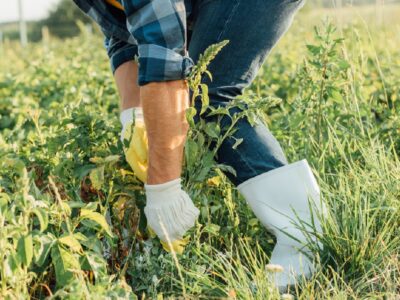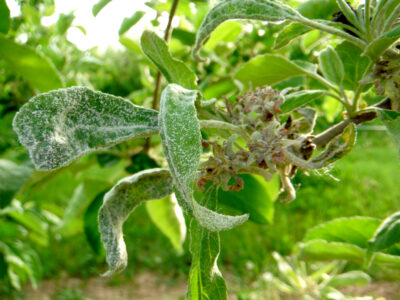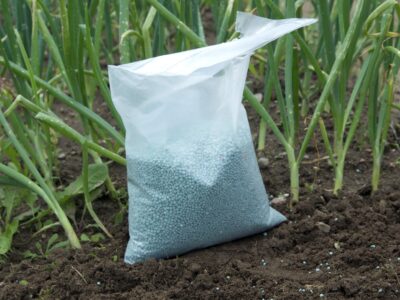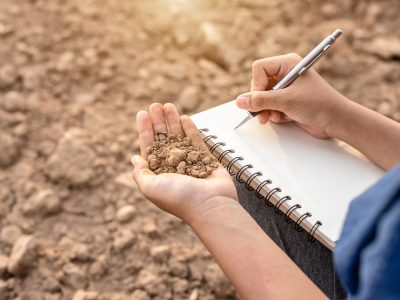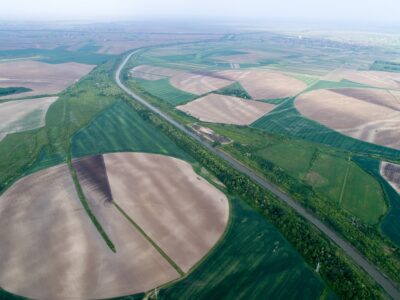Foliar feeding
Foliar fertilization, also referred to as foliar feeding, is the application of plant nutrients directly to the foliage of the plant by... Read More
Soil pH and acidity
The degree of soil acidity or alkalinity is expressed in pH units. Soil pH affects many processes in soils, including nutrient availability,... Read More
Water Alkalinity
Alkalinity is the ability of the water to neutralize acidity. It refers to the presence of carbonates (CO32-), bicarbonates (HCO3–) and hydroxides... Read More
Silicon in plants
After oxygen, silicon (Si) is the second most abundant element in earth’s crust and is a constituent of most minerals. In soil... Read More
Water disinfection
Water disinfection refers to the inactivation of microorganisms that are pathogenic to humans, animals or plants. Inactivation involves destroying essential structures or... Read More
How to identify and control weeds
Types of weeds Weeds are plants that grow where they are not wanted. They can be classified according to their life cycle.... Read More
Powdery mildew
Powdery mildew is a common, widespread fungal plant disease that a wide variety of crops. There are multiple species of powdery mildew,... Read More
Types of fertilizers
Fertilizers are compounds that are used in agriculture to supply nutrients for plants. They can be classified in a variety of ways.... Read More
How to calculate fertilizer application rates
Understanding how to calculate accurate fertilizer application rates is crucial for achieving optimal crop growth. This process involves several key factors: Nutrient... Read More
Variable rate irrigation
Variable rate irrigation (VRI) involves applying different amounts of water to different zones of the field, rather than applying one uniform irrigation... Read More

